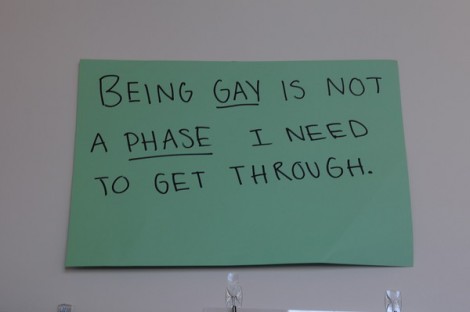
On Wednesday morning, a group of students put up signs outside the Media Center that discussed stereotypes based on race and sexual orientation. The signs featured statements that have been made to the students by classmates, faculty and parents. These same signs were featured in a video by junior Naiya Davis called “I Too Am Wayland,” which she hoped would be shown in advisory. However, administration has not yet agreed to the viewing.
The video is based off of the “I, Too, Am Harvard” video, in which Harvard University students hold signs featuring questions and statements they had heard and thought to be offensive. At the end of Davis’ video she reads a poem called “I Am Who I Am,” written by an anonymous Wayland student, about how the student feels being a member of the Wayland community.
Principal Allyson Mizoguchi had seen the video and felt it was “incredibly compelling.” Mizoguchi then showed the video to members of the advisory committee, and they “thought the video should be first viewed and discussed by the faculty in order to really launch the discussion well.” Mizoguchi felt there were questions about how best to circulate the video, whether shared in the racism course or in advisory. According to Mizoguchi, this desire to share the video with all faculty resulted in a necessary delay. She was aware that there was a lot of feeling among students of wanting to start conversation now, rather than waiting.
Social studies department head and member of the advisory committee Kevin Delaney says that many advisories are prepared in this way. “The more complicated ones are presented to faculty,” Delaney said.
“The video wasn’t shown in advisory, or at least the advisory committee recommended that we not show it in advisory, for a couple reasons,” Delaney said. “First of all, I don’t know the student who created it, but she did a nice job, and it’s a thought-provoking, stimulating video that people ought to see and have the proper environment to think about and discuss.
“Advisory may or may not be, depending on one’s advisory, the best place [to discuss this topic] for two reasons,” Delaney said. “One is some of the advisories themselves, some of the students still haven’t meshed in the way that would lend itself to a safe and honest discussion of such a difficult and important issue as race. We’d love for advisories to evolve to that place where it could take place, but it’s not there yet, we think.”
According to Delaney, another reason the video was not shown was because not every teacher was prepared to facilitate discussion about this topic. Not every teacher had gone through a formal training program such as Empowering Multicultural Initiatives (EMI), which trains teachers on how to discuss topics such as race, cultural identity and history with students in constructive ways. Because not all teachers were prepared to talk about race, the advisory committee wanted to give them time to prepare for the discussion.
“Like it or not, probably most adults, whether they’re faculty or not, are not comfortable talking about race,” Delaney said. “If that’s not done well, my experience is that such conversations can actually be counterproductive and generate more misunderstanding than the discussion solves.”
High school METCO coordinator Mark Liddell heard the same explanation.
“I was told that because it’s a sensitive topic, that it might not be the best place to do it in advisory, with people who may or may not be comfortable talking about it or be skilled at speaking on topics of diversity,” Liddell said.
Liddell sent out an email to administration and faculty saying that it was possible the video would be shown in April. In an interview, he said that he thought context should have been provided, and that bringing it up in advisory was the best way to do so.
“I think it’s something that should be discussed in advisory. I think that’s the proper place to do it. I think that we should not necessarily run from topics that are uncomfortable; we should run toward them. We can’t grow unless there is some discomfort,” Liddell said.
Davis was upset that the video showing has been delayed. “They rejected the video because basically they said that advisory is meant to be a safe place and some teachers felt uncomfortable talking about race, yet they work at a school where there are people who are different,” Davis said. “But the teachers didn’t know if they were ready for it. The video is creating a lot of conflict of opinions, which is kind of good because our school doesn’t face this.”
EDITOR’S NOTE:
There have been some changes to this article concerning quote attribution and clarification of information.

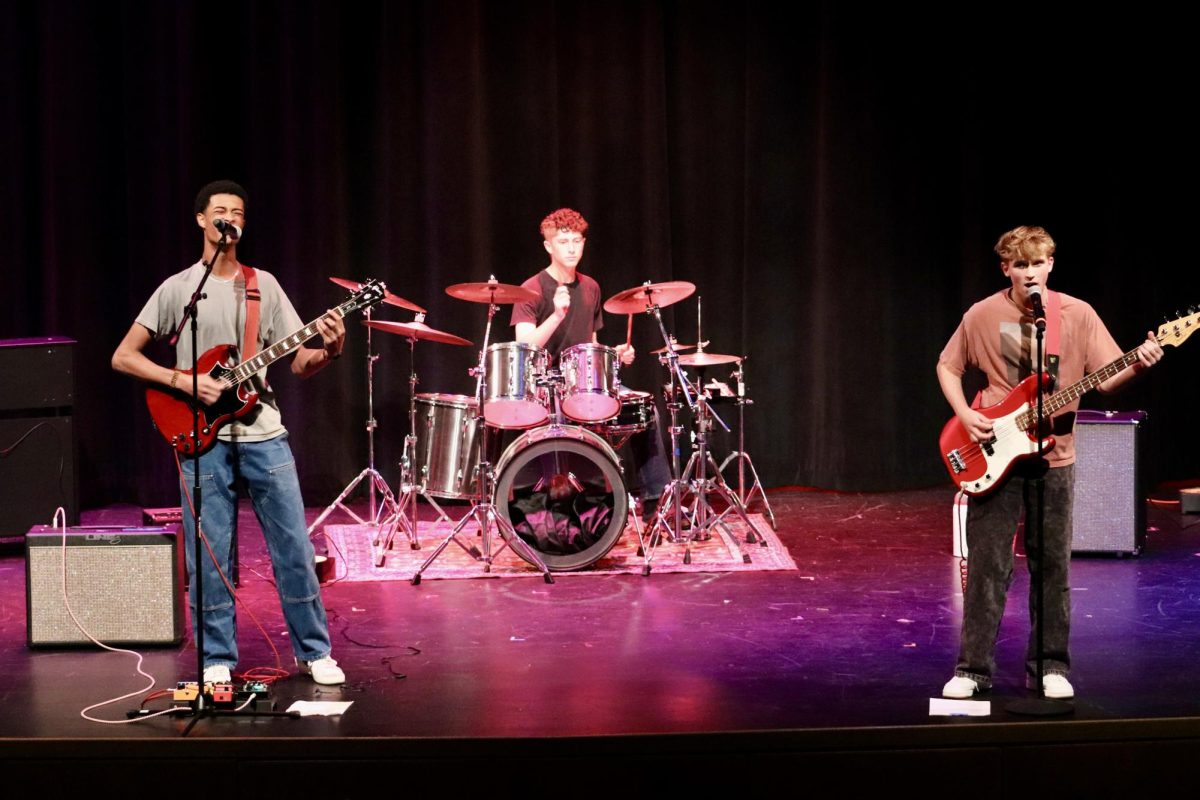



![Last Wednesday, the Wayland School Committee gathered to discuss a number of topics regarding the health curriculum and Innovation Career Pathway course. Another large topic of conversation was the ways to potentially mitigate distracting cell phone usage. "These [phones] are going to distract your learning and social relationships," Superintendent David Fleishman said. "That's concrete right there."](https://waylandstudentpress.com/wp-content/uploads/2025/06/Screenshot-2025-06-04-at-9.49.31 PM-1200x886.png)










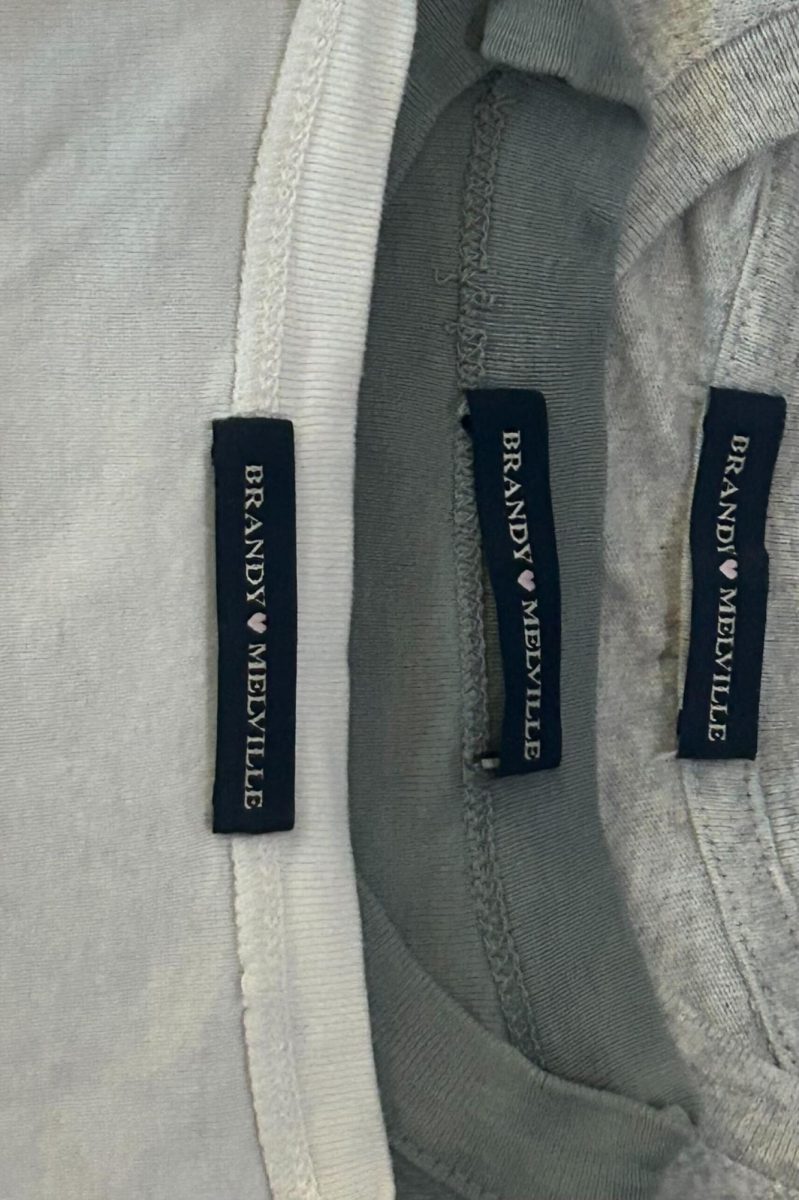



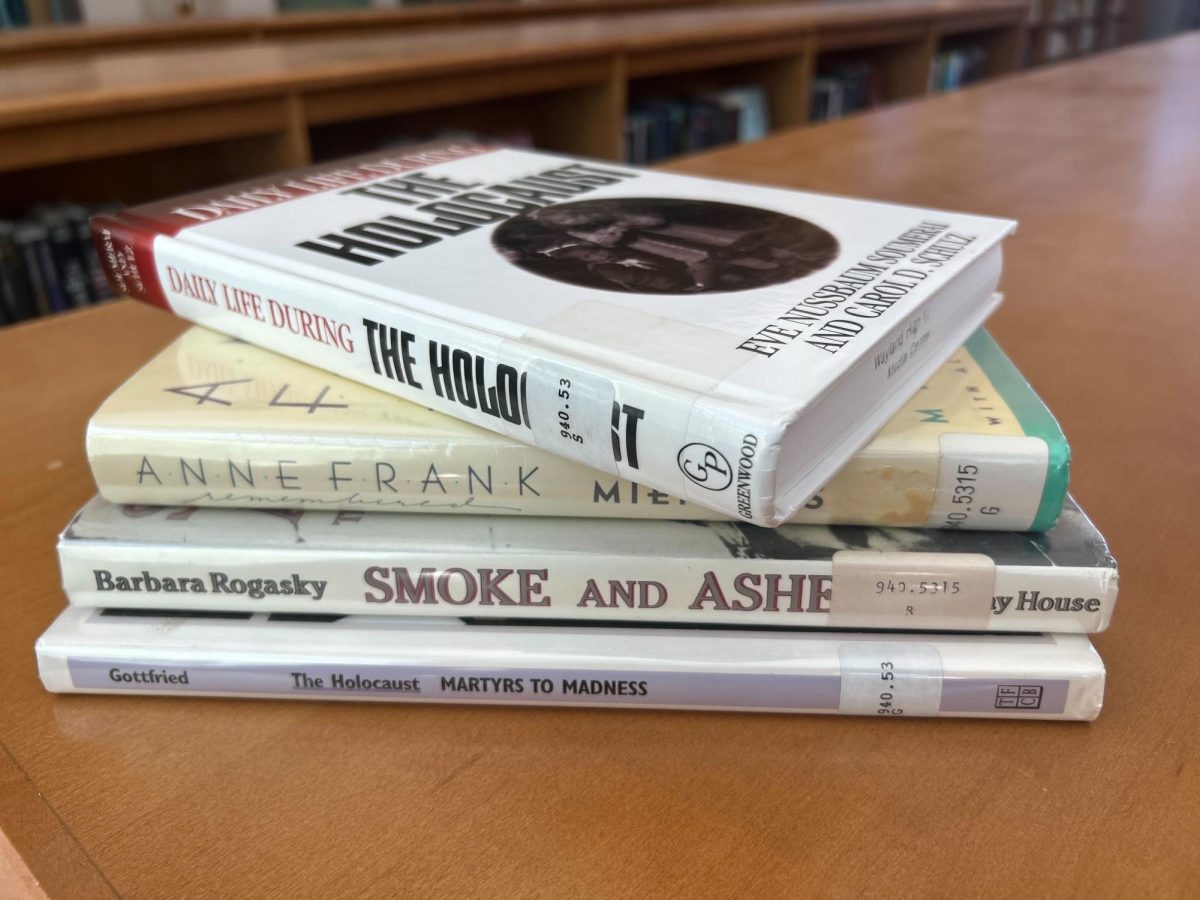
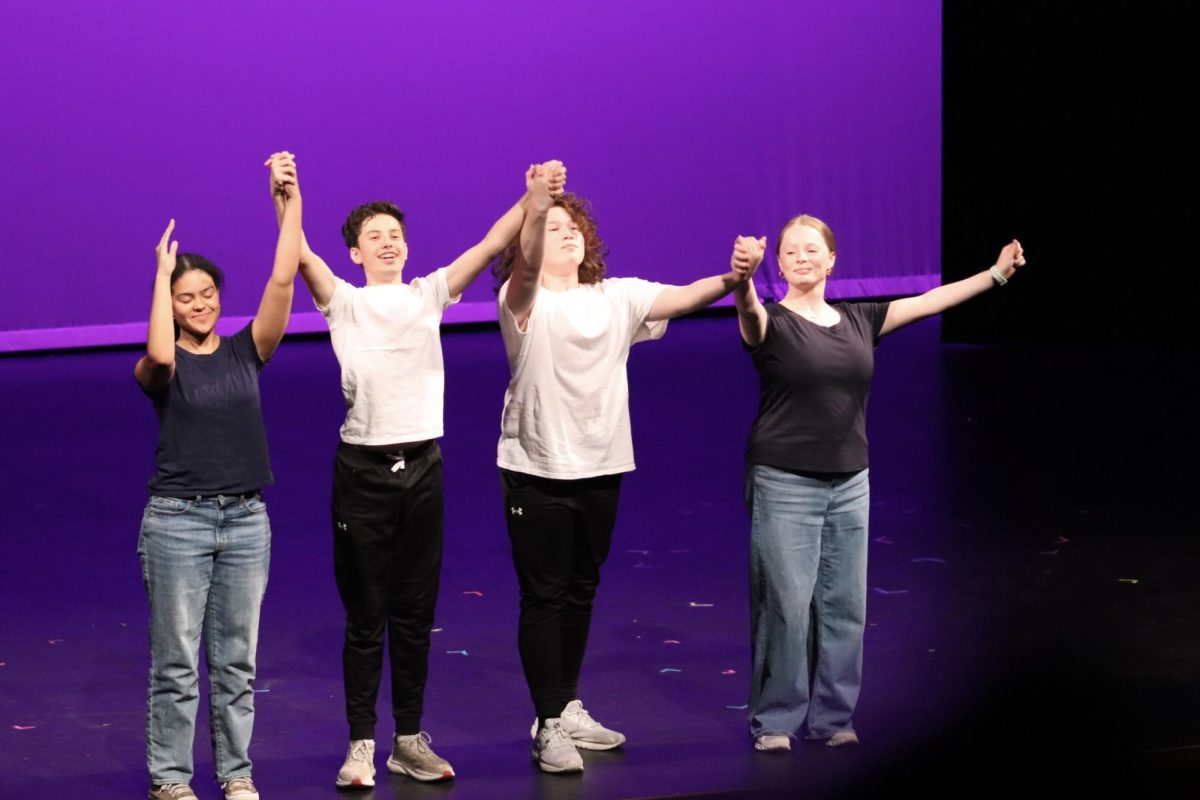








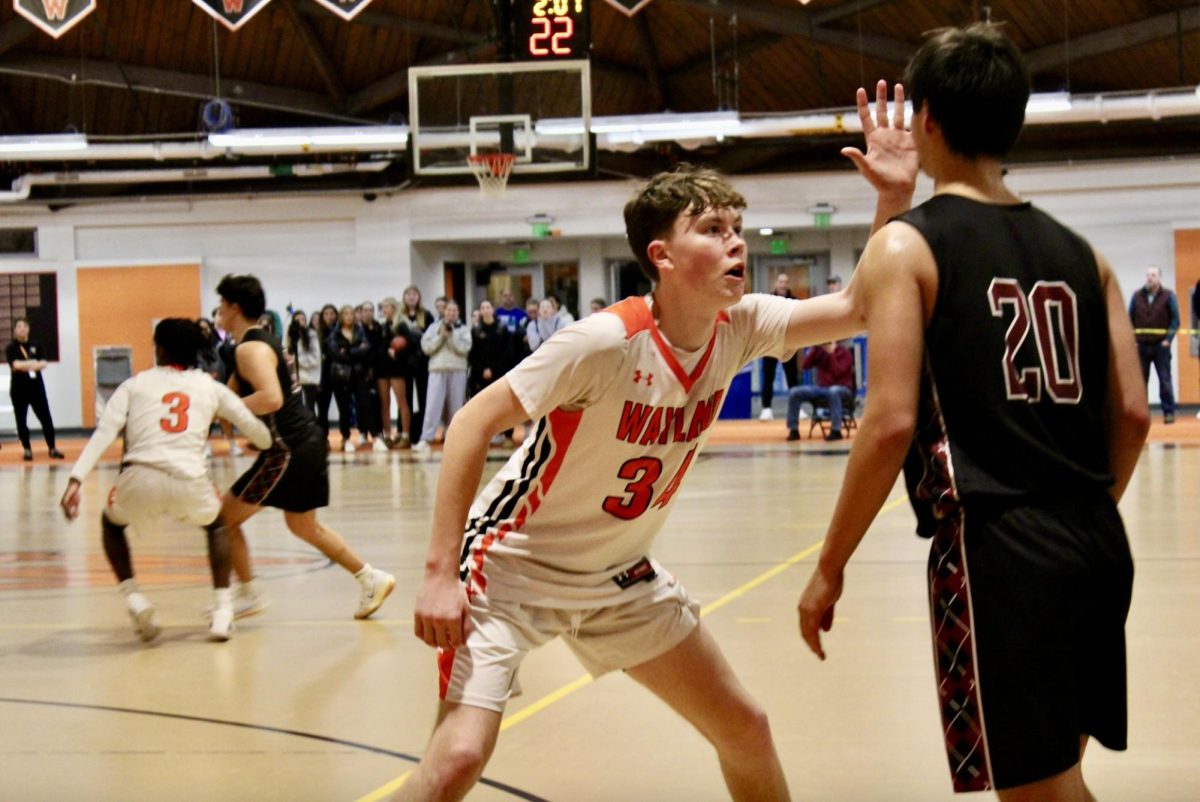





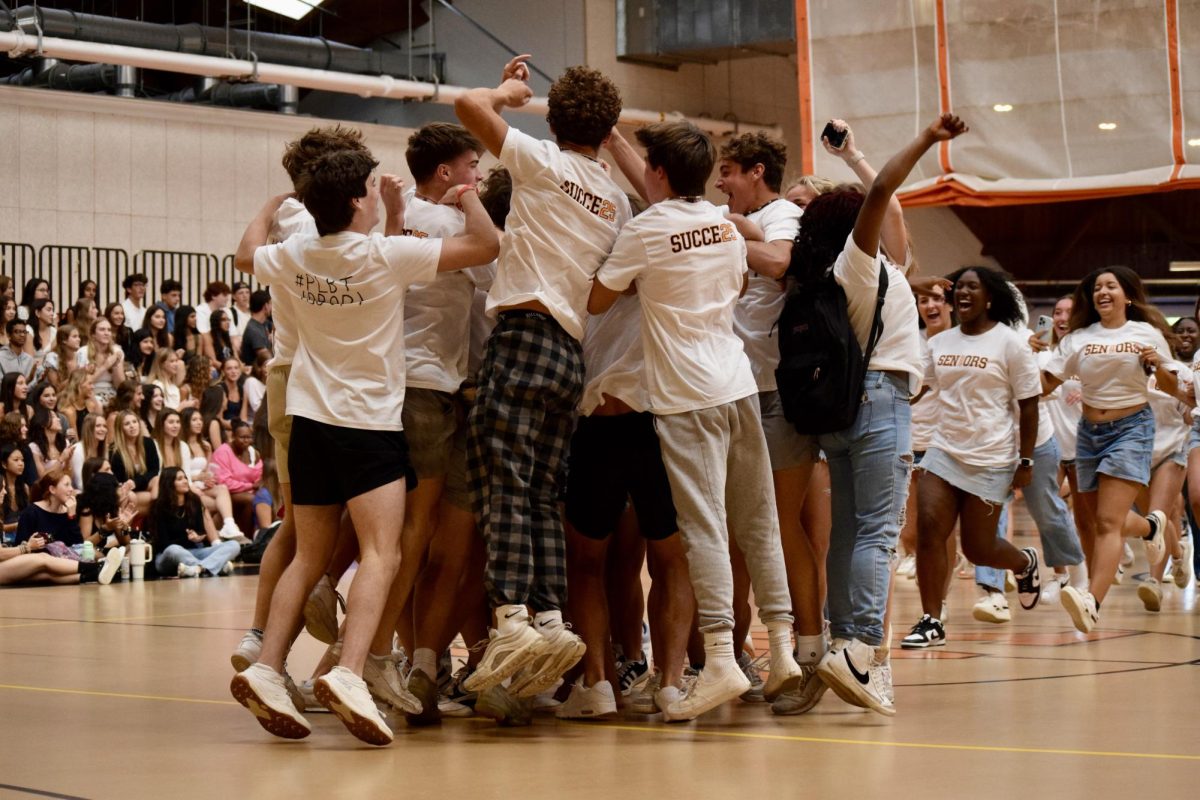



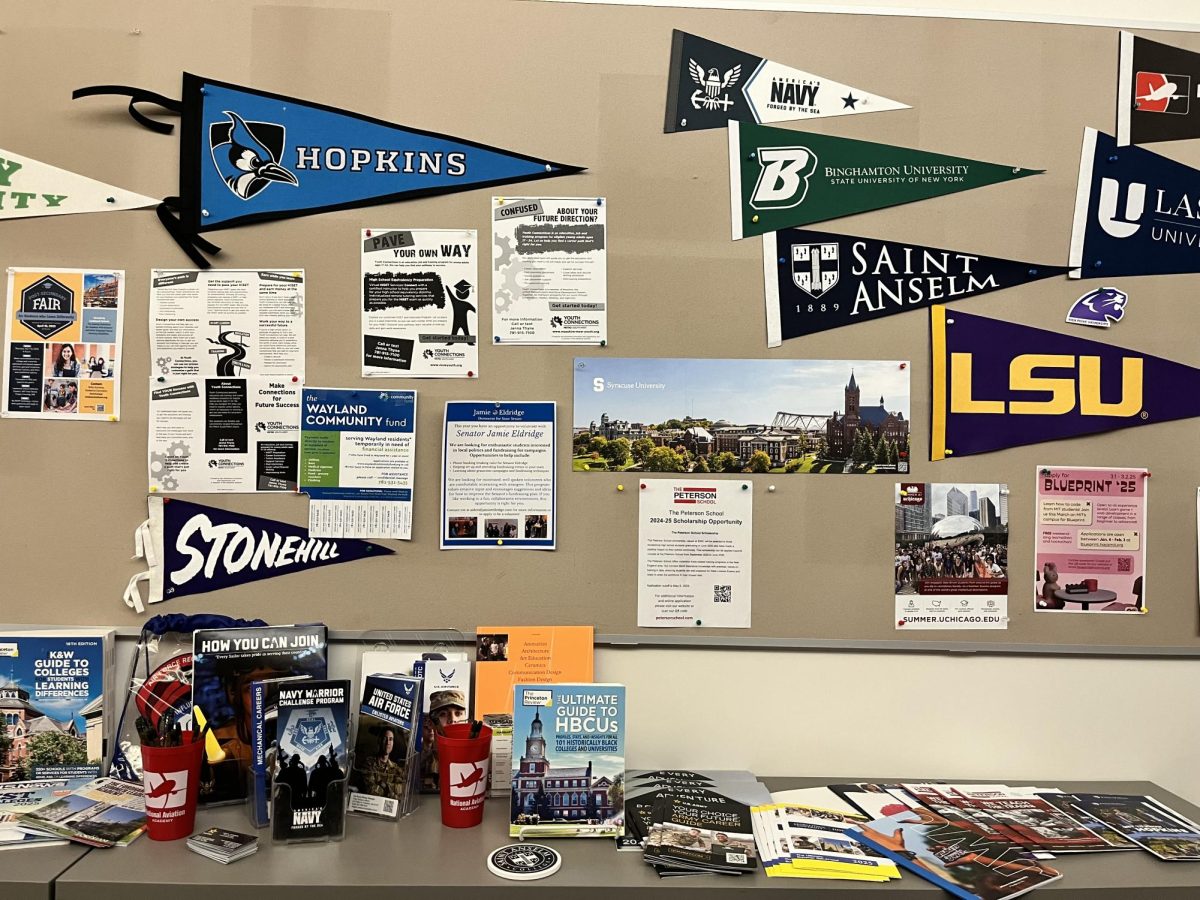
Parent • Mar 20, 2015 at 11:56 PM
We left this school because of the intolerant culture. The signs and the video are heartbreaking but are not surprising to me because my student told me about this years ago and had similar comments and worse directed at them.